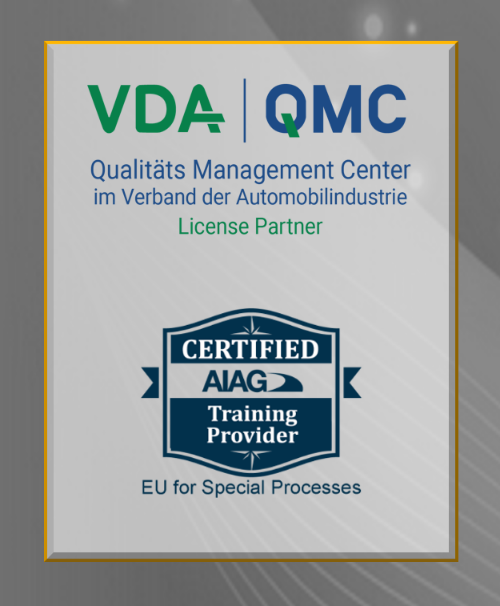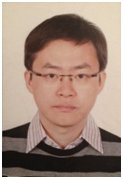TopQM China Support for Technical Cleanliness
German Cleanliness Analyses and Particle Analyses for “Technical Cleanliness”
We offer you component and liquid analyses in our accredited laboratory according to the standards of ISO IEC 17025. We will detect the following for you:
- particles present on a component
- particles present on your assembly
- particles present in liquids
We will create an overall report for you according to VDA Vol. 19.1, ISO 16232, and customer requirements depicting the gravimetric particles present, breaking them down into categories, and distributing them according to particle size with a graphic representation of the largest particles. In addition, after an SEM/EDX analysis, we can also offer you a chemical itemization of the individual particles that may reveal to you the origin of the particles and the potential of them being harmful. Our analyses and reports fall in line with international automotive requirements thanks to the accreditation of the laboratory according to ISO IEC 17025. Your analyses are delivered simply, flexibly, and promptly by mail.
Prices on request – click here to contact us. We look forward to your inquiry.
Analyses According to VDA Vol. 19.1 “Extraction”
Injection/Fluting/Rinsing/Ultrasound
Thanks to standard-compliant verifications through extraction measurements and the documented blank value analyses of our installations, you are guaranteed a high standard and the reliability of our analytical installations and procedures. Our analyses are carried out in clean rooms especially equipped for this. Using the extraction procedure explained in VDA Vol. 19.1, we are able to dislodge the micro-particles clinging to your component or assembly and quantify them via the filter system, followed by microscopic counting.
Liquids Carrying Particles
In our laboratories, we are also able to analyze the particles present in liquids that affect function. Liquids that flow through your systems assimilate particles (e.g. due to wear) and carry them along to areas critical to function. Regular monitoring of liquids can provide a picture of the behavior of particles present in liquids: information for development/optimization/preventive measures
Analyzing Particle Traps: Recognizing Environmental Effects
Analyses of particle traps designed according to VDA Vol. 19.1 may also be used to describe value added chains and their environmental effects according to VDA Vol. 19.2. We offer you particle traps as well as conceptual consultation in order to design particle traps effectively.
Based on our VDA 19.1 compliant analyses, we can use the sedimentation number to portray your environmental conditions along the value added chain (VDA 19.2).
Residue Weight = Particles Present
The overall weight of the extracted particles (residue weight) can be defined as the degree of contamination. However, this gravimetric procedure (VDA 19.1) does not allow any conclusions to be made concerning the type of particles and distribution of the particle sizes. For this reason, a gravimetric analysis should always be followed by a microscopic analysis.
Information: State-of-the-art scales sensitive to 0.00001 g and with a self-calibration function can be used to fulfill automotive requirements with respect to measurement procedures and calibration.
Sequence:
- Weighing filter membranes in the respective area
- Extraction via the filter membranes
- Conditioning the moist membranes
- Weighing the conditioned membranes
- The difference in the two weighing processes equals the particles extracted
Fully Automated Microscopy
The conditioned membranes are placed under a microscope using a medium. A linearly polarized reflected-light microscope scans the membranes fully automatically.
1. Step: completely recording membranes by means of setting and morphology
2. Step: analyzing detected particles through a polarizing filter for the presence/absence of metallic luster
Particle types:
- Fibers
- No metallic gleam and not fibrous
- Metallic gleam
Particle Distribution via SEM/EDX (Scanning Electron Microscopy)
This procedure is used to clearly define the elements of each particle collected. This helps to classify particles unequivocally and identify their potential to cause damage.
Particle groups:
- Hard mineral particles (grinding sand, corundum, ...)
- Hard metallic particles (steel, hard metal, ...)
- Soft particles (plastics, wood, ...)
- Etc.
Would you like more information about our TopQM China support – specifically with regard to technical cleanliness? Then simply contact us. We look forward to your inquiry.

